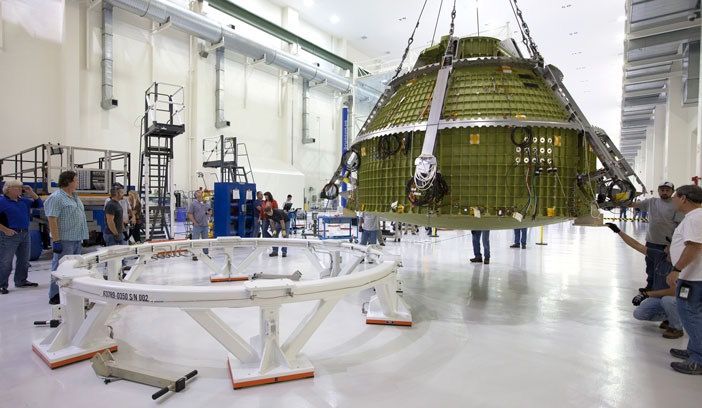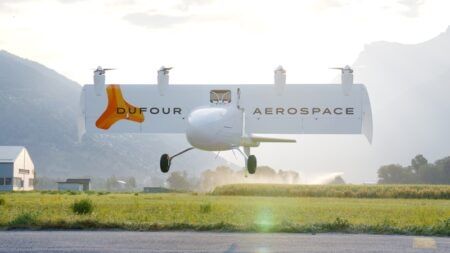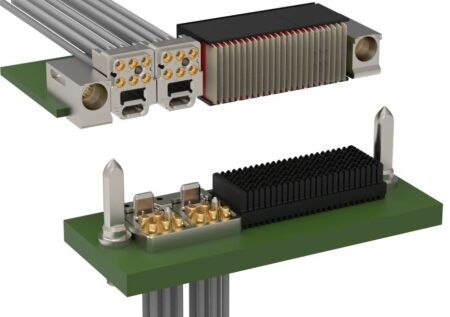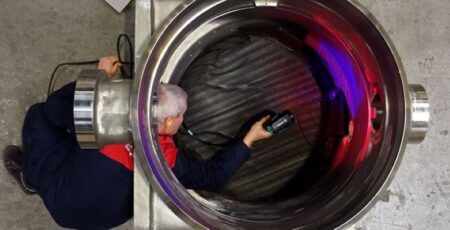Space exploration is back. NASA has revealed ambitious efforts to send humans back to the Moon and eventually to Mars. After a decades-long hiatus, the USA’s on-orbit goals are unfolding rapidly, requiring concerted efforts from experts in a variety of industries. G Systems is contributing to this effort by building critical test systems to ensure the safety of astronauts on these never-before attempted missions.
Artemis is at the heart of NASA’s plans, the program will bring astronauts, including the first female, to previously unexplored places on the lunar surface. Orion is the deep space exploration vehicle that will transport the crew and it demands perfection to support the astronauts traveling hundreds of thousands of miles from home. G Systems has delivered three test systems to Orion’s prime contractor, Lockheed Martin to address the question: What effects will this spacecraft experience during take-off, space flight, and re-entry?
“In a situation like this, there are no second tries; you only have one shot at success,” says Mark Krause, vice president of sales and marketing at G Systems. “We leveraged our engineering expertise and our ability to solve complex integrated challenges and built a set of systems that work together in a distributed fashion to successfully complete the Orion Multi-Purpose Crew Vehicle’s first structural test.”
G Systems delivered a custom pressurization and venting (P&V) System that enables engineers to apply pressure inside the cabin that emulates strain in flight. A first-of-its kind data acquisition system (DAS) was developed in tandem that synchronizes over 3,000 analog channels of data. In addition, a data distribution system (DDS) was delivered for real-time and post-test distribution of synchronized parametric, video, and audio data.
To deliver this solution within a tight time frame, G Systems has used hardware and software components that enabled short development cycles. For instance, the P&V system contains a control unit that can control pressure while simultaneously monitoring for critical faults or alarms. The system has touchscreen capabilities along with a graphical user interface that enables the operator to control pressure from a remote location.
Similarly, both the DAS and the DDS contain advanced functionality. Primarily designed to measure strain, the heart of the DAS system collects over 1,800 channels of synchronized data and has the capability to calculate several thousand more synchronized, user-defined, virtual channels.
The system monitors alarm and limit levels that may trigger a shutdown. The DDS’s job is 1to present data from the P&V System and the DAS, as well as from 32 IP cameras and eight microphones that are situated near the test article to observe the test in progress. GUIs are once again used to view tests in progress or retrieve past test data. These three systems work together to replicate real-world scenarios and provided the capabilities needed to complete those early-stage structural tests.
All eyes are on Orion as it gears up for its first manned lunar mission in 2024. NASA has awarded Lockheed Martin a US$4.6 billion contract to purchase six Orion capsules, with the option of purchasing an additional six vehicles. Orion, along with the Space Launch System by which it will be transported, is the new symbol of deep space exploration.
“Our goal as a company is to rapidly deploy complex test systems that keep our customers’ assets safe and mission ready,” says Krause. “We are proud to have contributed to this national effort and will continue to support NASA during the upcoming ground breaking missions.”
This article was supplied by G Systems





